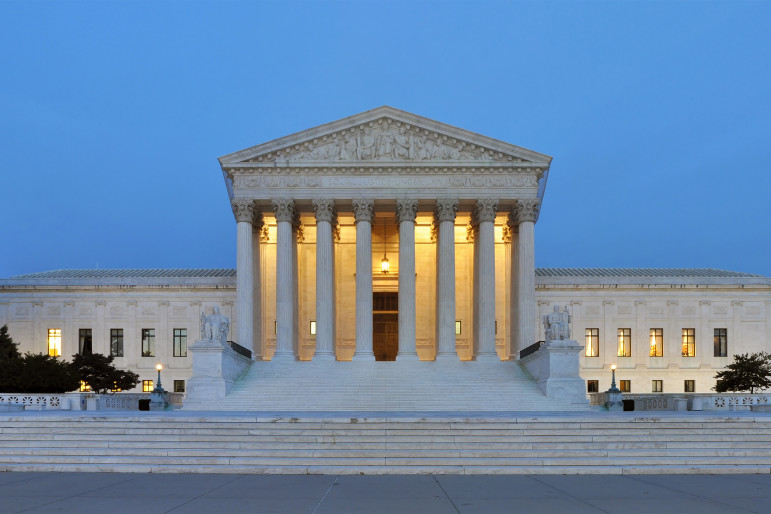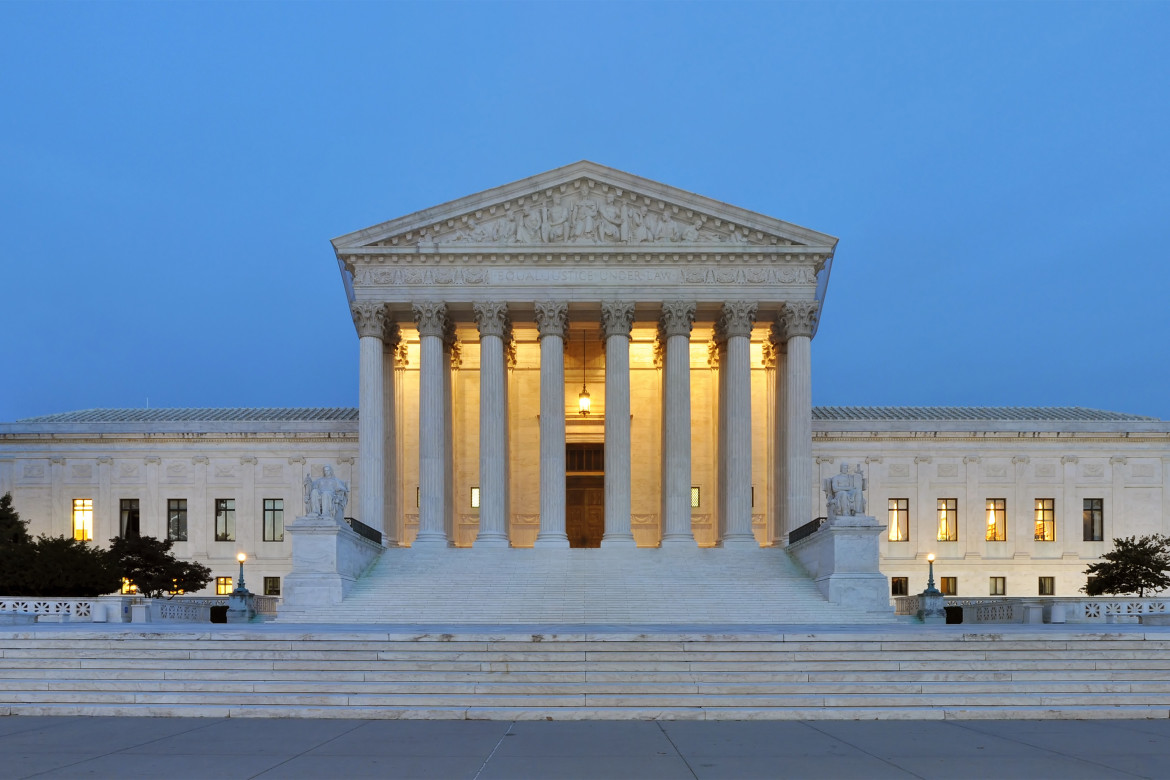
WASHINGTON — The Supreme Court’s landmark juvenile sentencing rulings establishing that youth should be treated differently than adults have had effects beyond the death penalty and juvenile life without parole (JLWOP) sentences, says a recent report.
The court’s sentencing framework, based on adolescent development, also has affected how states think about issues such as mandatory minimums, parole regulations, record expungement, enhanced sentencing, transfer laws and the correctional environment adolescents are placed in, according to the new Models for Change report.
Elizabeth Scott, a law professor at Columbia University and co-author of the report, said the court’s opinions have caused a shift in juvenile justice unlike any she has seen in recent decades. The change is particularly interesting because the opinions have resonated beyond the sentences the Supreme Court considered, she said.
“It became clear that the Supreme Court opinions were having a broader impact and there was quite a bit of reform going on, some of it directly based on the opinions and some of it influenced by them,” she said.
In the report, the authors examine three key opinions since 2005 in which the Supreme Court prohibited the death penalty for juveniles (Roper v. Simmons), barred LWOP sentences for juveniles convicted of crimes other than homicide (Graham v. Florida) and banned the use of mandatory juvenile LWOP sentences, including for homicide (Miller v. Alabama).
[Related: Supreme Court to Weigh Retroactivity of Mandatory JLWOP]
Those opinions are grounded in behavioral and brain science that finds adolescents are still developing and therefore less culpable than adults and primed for rehabilitation.
Because of that framework, states are thinking about other juvenile issues differently as well, the report said.
For example, the Iowa Supreme Court rejected giving lengthy sentences if they would function as life without parole and found all mandatory minimum adult sentences to be unconstitutional for juveniles. Other courts have rejected lifetime parole or lifetime registration on sex offender registries for juveniles, and some states have limited their use of automatic transfer laws, which move juveniles to adult criminal courts.
Although the opinions have transformed the constitutional landscape for juvenile justice, the authors cautioned that acceptance and implementation of a developmental framework are not inevitable.
Some prosecutors and courts likely will resist the framework, as could the public and lawmakers, the report said. More broadly, should crime rates rise, public attitudes may favor punitive approaches and influence policy. Or, if states find themselves with fewer fiscal restraints, they may not look as carefully at less expensive, developmentally-based reforms.
“Thus, adhering to the Court’s developmental framework and limiting the impact of punitive impulses toward juvenile offenders generally poses an ongoing challenge. But as the framework becomes more firmly entrenched over time, courts and legislatures may be less inclined to abandon policies that are sound on both social welfare and constitutional grounds,” the report said.
Models for Change is a multistate initiative for reform of the juvenile justice system funded by the John D. and Catherine T. MacArthur Foundation.
Thomas Grisso, Marsha Levick, Laurence Steinberg and Scott wrote the report, “The Supreme Court and the Transformation of Juvenile Sentencing.” Three accompanying briefs offer an overview of the report, a discussion of the role of the courts in a developmental framework and a guide for practitioners.
More related articles:
Arkansas Supreme Court Rules Miller v. Alabama Is Retroactive

juveniles that are beeing held for 20-30 years there are “hostages” held by the system it is my believe that juveniles can be rehabilitated verses a older man that is
going in and out the prison, i have come to the conclusion that our country dont like children and dont want to be bothered with them and it starts in ” schools” i have walked in a class room and could not believe what i heard “A TEACHER CURSING AT KIDS”
so here again we are back to what i said earlier “children are not welcome” SAD